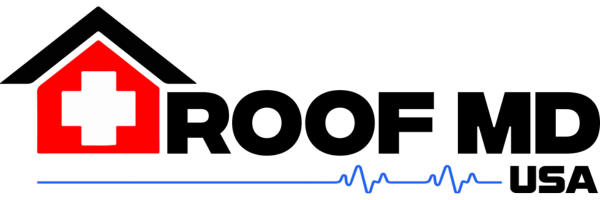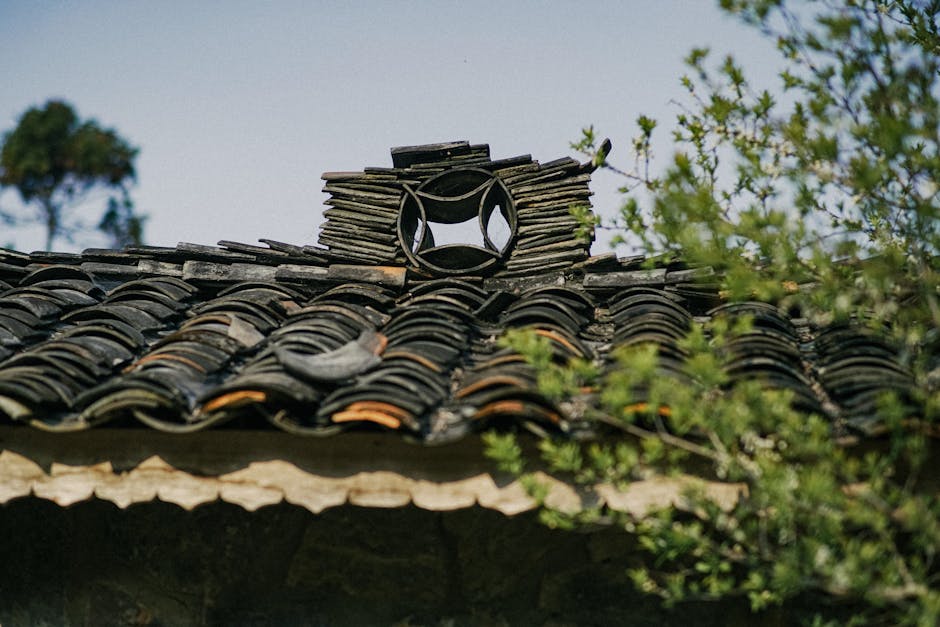When the storm calms, and the sky clears, it’s our homes that bear the silent testimony of the weather’s fury. Among all the elements, the roof often takes the hardest hit. Knowing how to spot the signs of a storm-damaged roof can save you from future headaches and costly repairs.
Initial Signs of a Storm-Damaged Roof
The first step in identifying a storm-damaged roof is to look for obvious signs such as missing shingles, tiles, or metal panels. These materials can be blown away or damaged by high winds and hail, leaving your roof vulnerable to leaks.
Another indicator of potential damage is debris scattered on your roof or in your gutters. Fallen branches, leaves, and other materials can clog your gutters, leading to water backup and potential damage to your roof’s infrastructure.
Don’t overlook dents or cracks on your roofing material. Hail can cause small, sometimes unnoticeable, dimples on shingles or metal roofs that compromise the integrity of the roofing material over time.
Conducting a Safe Post-Storm Inspection
After a storm, it’s crucial to inspect your roof safely. If you opt to do it yourself, use a sturdy ladder and ensure it’s securely anchored before climbing. Always have someone with you to ensure your safety during the inspection.
Inspect your attic for leaks or water damage. Often, storm-related issues start to manifest in the attic where water stains or mold can appear if water has infiltrated your roof.
Photographs can be invaluable. As part of your inspection, take pictures of any damage you find. These can be critical when discussing repairs with contractors or when filing an insurance claim.
When to Call a Professional for a Roof Inspection
If you’re uncomfortable performing a roof inspection yourself or have spotted potential damage, it’s time to call a professional. Roofing contractors can conduct a thorough evaluation and identify issues you may have missed.
Issues like split seams, missing fasteners, or a sagging roof structure are complex and require professional attention. It’s important to address these promptly to avoid further damage.
Detecting a storm-damaged roof early can save you from the compounded problems that hidden damage can cause over time. Whether it’s a missing shingle or a more subtle dent, understanding the signs and taking action can protect your home from the elements and ensure your roof remains strong and intact for years to come.


